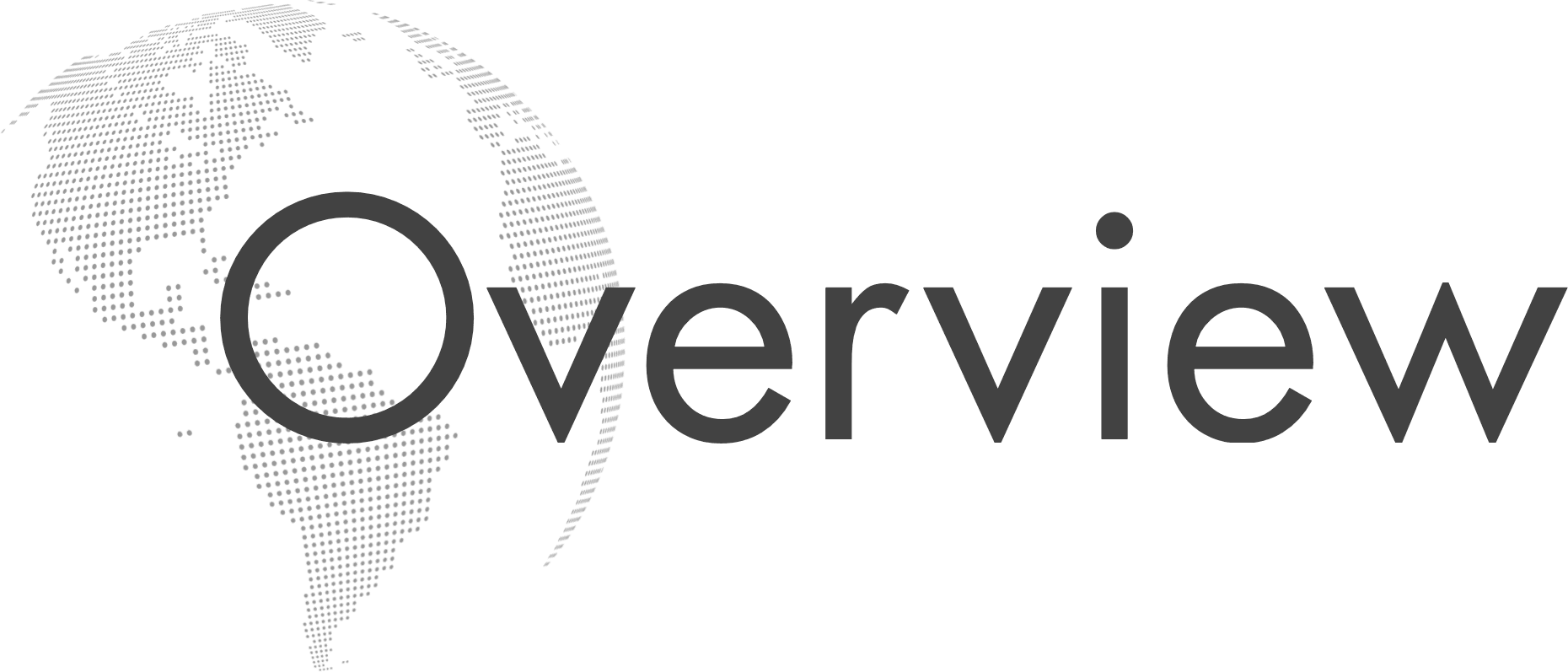Analysts say US less likely to ease tariffs on cars, steel, stoking concerns for key Korean exports

South Korea has until Aug. 1 to cut a deal with the US after President Donald Trump delayed crushing 25 percent tariffs on Korean imports, with Seoul vowing all-out efforts to negotiate its way out of looming duties.
Trump on Monday posted a letter to South Korean President Lee Jae Myung on Truth Social, warning that the 25 percent “reciprocal” tariffs will take effect next month unless South Korea eliminates its tariff and nontariff policies and trade barriers. Along with Korea, Trump disclosed that at least 14 other countries' imports are set to face similar tariffs starting in August.
The last-minute extension, formalized in an executive order Trump signed later that day, gives Seoul temporary reprieve from the tariffs it had been bracing for, as Trump’s original 90-day pause from April was set to expire Wednesday. Since then, Washington has imposed a universal 10 percent duty on Korean goods while engaging in trade talks.
Later in the day, Trump appeared to leave the door open for a further delay.
“I would say firm, but not 100 percent,” Trump told reporters at the White House when asked whether the new August deadline was final. “If they call up and they say we’d like to do something a different way, we’re going to be open to that.”
In response, South Korea’s Industry Ministry said Tuesday that the letter effectively extended the grace period for imposing reciprocal tariffs and that it will accelerate negotiations on a deal.
“We will step up negotiations to reach a mutually beneficial result during the remaining time to swiftly resolve the uncertainty from tariffs,” the ministry said in a statement.
“We also plan to use this as an opportunity to improve domestic systems and regulations to resolve the US trade deficit, which is Washington’s primary interest, and boost key industries through a bilateral manufacturing renaissance partnership.”
The Ministry of Economy and Finance held an emergency meeting Tuesday morning to assess the impact of Washington’s latest move.
“Given the possibility of increased volatility in domestic and global financial markets depending on how US tariffs will unfold, we will respond with heightened vigilance,” said acting Finance Minister Lee Hyoung-il at the meeting.
“Under close coordination with related agencies, we will closely monitor tariff developments and impact on financial and real economy. If the market shows excessive volatility that deviates from our economic fundamentals, we will act swiftly and decisively in accordance with our contingency plans.”
The Industry Ministry held an emergency meeting with industry officials from key export sectors and related government agencies in the afternoon. Officials from companies including Hyundai Motor, Posco and LG Energy Solution attended the meeting.
“We will closely examine the impact on each industry, including automobiles and steel and come up with measures to support affected industries and strengthen industrial competitiveness, First Vice Minister Moon Shin-hak said at the meeting.
One initial concern was that Korean goods could get hit twice due to the existing sector-specific tariffs of 25 percent on cars and 50 percent on steel and aluminum that are already in place. However, the White House clarified that new reciprocal tariffs would not stack on top of sector-specific tariffs.
Still, the economic impact on those key export sectors appears inevitable. South Korean officials have been working to remove the sector-specific tariffs, with Korea's chief trade envoy Yeo Han-koo calling for lower duties during his meeting with US Commerce Secretary Howard Lutnick in Washington. However, observers say Trump is unlikely to budge on automobiles and steel.
“By explicitly stating that Section 232 tariffs on steel and autos are separate, it appears less likely that the US will budge on those duties, making it harder for Korea to negotiate the relief,” said Jang Sang-sik, head of the Korea International Trade Association’s International Trade and Commerce Research Center.
Jang added that in order to produce a tangible outcome by end of July, Korea could benchmark the approach taken by Vietnam, which recently clinched a deal with the US to reduce the planned 46 percent rate to 20 percent.
“Korea needs to present a visible plan to reduce the trade surplus with the US, which could include expansion of government-led imports in defense and energy, as well as boosting imports in agricultural goods, consumer products and machinery.”
Jang also stressed the need to review nontariff barriers, such as easing regulations on digital platforms, pharmaceuticals and the agricultural quarantine and certification processes, which could offer US companies better access to the Korean market.

